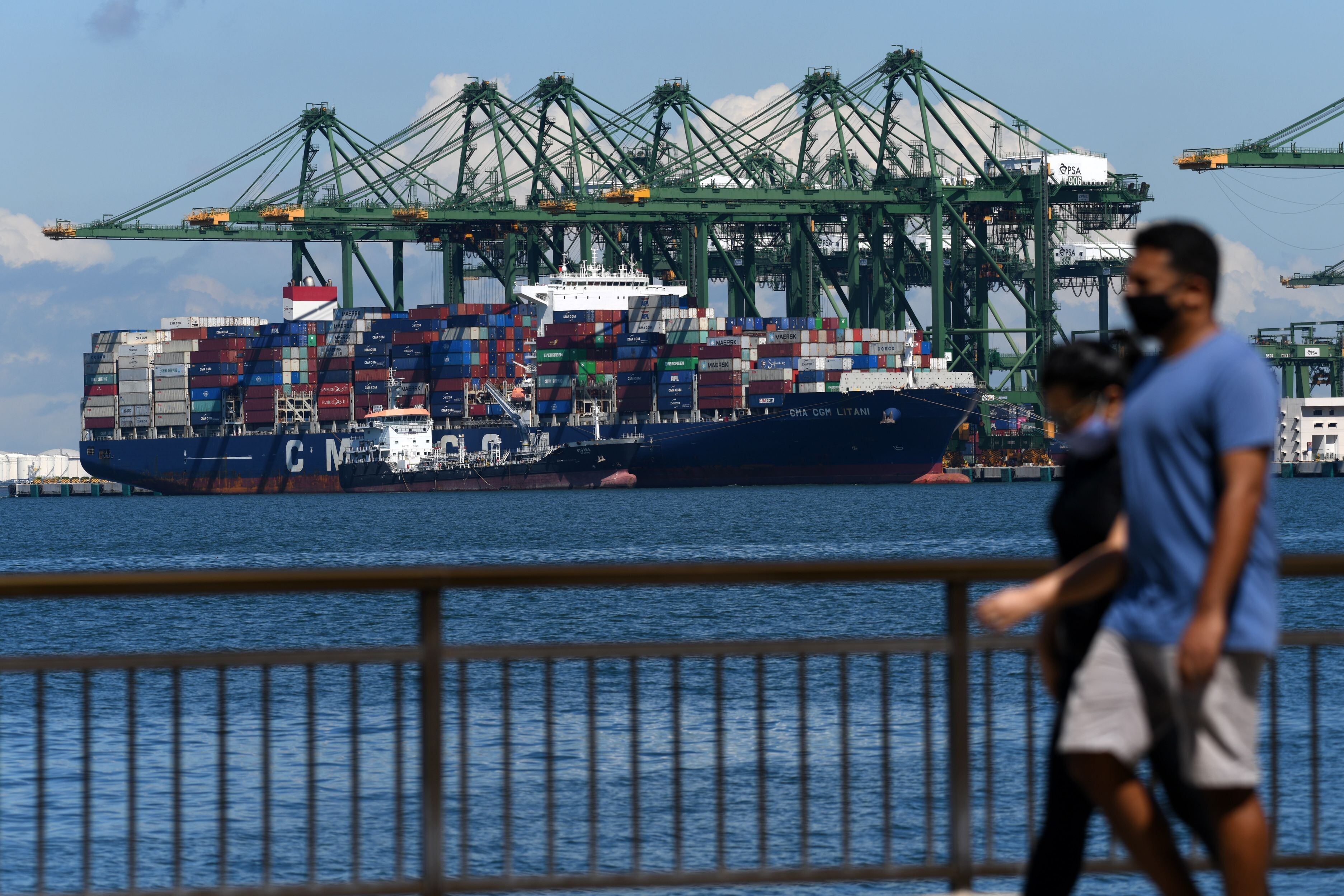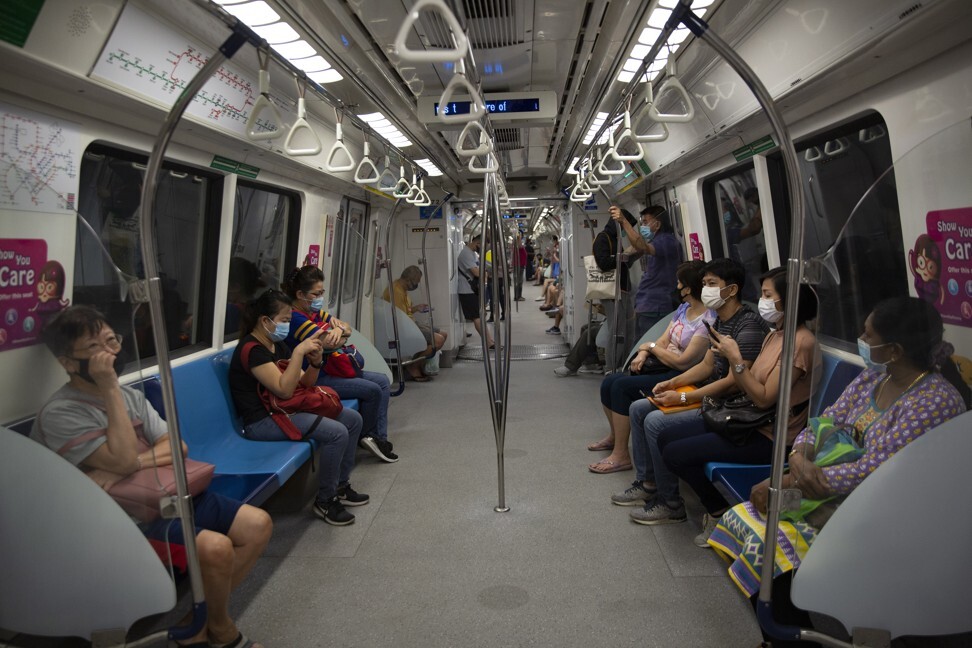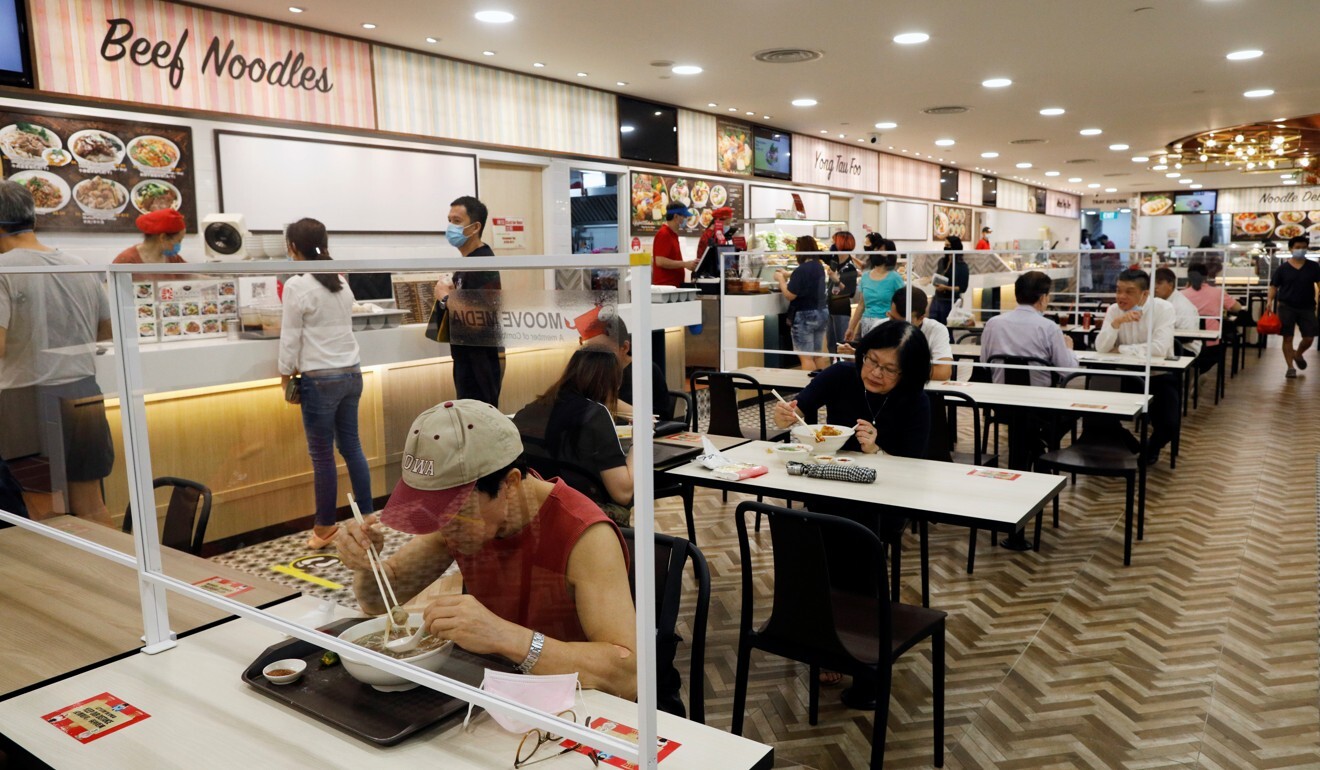Coronavirus: Singapore’s Q2 retrenchments spike, surpassing Sars levels
- The city state recorded 6,700 lay-offs in the second quarter, higher than during the 2003 Sars epidemic but lower than the 12,760 seen during the 2009 Global Financial Crisis
- Analysts say the figures may worsen as government subsidies for businesses expire
Topic | Singapore

Dewey Sim
Published: 10:34am, 29 Jul, 2020
Why you can trust SCMP
Singapore
on Wednesday reported its highest quarterly retrenchment levels since the 2009 Global Financial Crisis, but analysts said unemployment numbers could worsen as government subsidies and wage support measures aimed at helping companies cope with the
coronavirus
pandemic expire.
The city state recorded 6,700 lay-offs in June, double the 3,220 seen in March, preliminary figures by the Manpower Ministry showed. The second-quarter numbers surpass the 5,510 retrenchments reported during the Sars epidemic in the second quarter of 2003, but are lower than the 12,760 in the second quarter of 2009.
The jobless rate also rose to a decade-high 2.9 per cent, from 2.4 per cent in March. The ministry noted that this was just below the 3.3 per cent unemployment rate seen in 2009, and the record 4.8 per cent that followed the Sars epidemic.
Singapore Airlines braces for brutal losses in Q1 amid coronavirus
27 Jul 2020

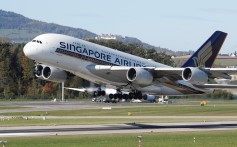
The city state’s manufacturing, services and construction sectors saw sharper employment contraction and higher retrenchments, said the manpower ministry, pointing to the weakened global economy and how some countries are experiencing a second wave of coronavirus infections.
It noted that conditions for travel-related sectors remained challenging and safe-distancing measures also meant that recovery would be “moderate”.
“Hence, softness in the labour market is likely to persist with continued weakness in hiring and pressure on companies to retrench,” the ministry said.
Excluding foreign domestic workers, total employment, which incorporates both job losses and creation, contracted by 121,800 in the second quarter, four times more than in the first quarter, said the ministry.
Commuters on a Mass Rapid Transit (MRT) train in Singapore. Photo: EPA
The numbers came after the city state recorded a sharp contraction in its second quarter GDP this month, shrinking 41.2 per cent on a quarter-on-quarter basis, according to flash estimates.
Authorities have attributed the contraction to the city state’s
coronavirus
partial lockdown, or “circuit breaker”, which involved most businesses and workplaces shutting from April to June.
Singapore has since embarked on a gradual reopening of its economy as the number of coronavirus infections stabilises. Retail outlets, cinemas and restaurants have reopened, but they must enforce safe-distancing measures and adhere to a cap of five people per table.
Pumping more money alone can’t prop up Singapore economy, minister says
15 Jul 2020

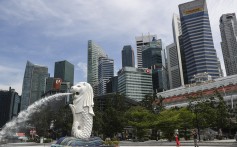
The lockdown, together with a halt in international travel as borders remain closed, could also explain why unemployment surged in June, said economists Lee Ju Ye and Chua Hak Bin of Maybank Kim Eng.
The pair suggested that even with the lifting of the circuit-breaker measures, lay-offs would continue into the second half of the year because employers would feel the pinch when the jobs support scheme ended in August.
The scheme involves the government co-funding up to 75 per cent of local wages. They projected full-year retrenchments to be between 100,000 and 150,000.
Recruitment agencies are also seeing a rise in jobseekers having their signed employment contracts rescinded as employers cut back on hiring during the coronavirus pandemic, according to a report by Bloomberg.
Tables at a food court in Singapore are divided by Plexiglas to guard against transmission of Covid-19. Photo: Reuters
Similarly, Selena Ling, head of treasury research and strategy at OCBC Bank, said the unemployment figures were lagging indicators that did not show the full picture.
Ling said unemployment numbers only captured whether an individual had a job or not. The figures did not indicate if the person was working reduced hours or had been put on unpaid leave – as had happened to many Singaporeans during the circuit breaker.
“Typically, when you hit a downturn, you’ll try to cut costs. Maybe you cut opening hours or offload some inventory or try to negotiate with your landlord for reduced rent,” she said. “And if all else fails, then you start laying off people.”
Singapore expects spike in job losses as coronavirus pandemic hits demand
These job losses would hit Singapore firms in the second half of the year and could continue until early 2021, Ling said.
She added job losses would be highest in firms that had not been able to reopen since the start of the partial lockdown, such as bars and nightclubs, as well as in the tourism sector.
Lee of Maybank Kim Eng said similar cuts were likely in retail and recreation.
These businesses would be most affected by strict distancing measures and by consumers tightening their belts.
Still, Lee was hopeful the government’s job and traineeship scheme, which aims to create 100,000 job opportunities, could provide a cushion.
Have a ‘Singapoliday’: Singapore turns to domestic tourism
22 Jul 2020

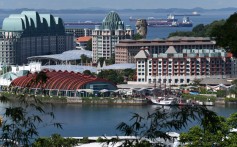
Ling said policymakers would be “under pressure” to extend financial assistance to firms as its eye-watering fiscal stimulus of S$92.9 billion – or 19.2 per cent of its GDP – ran out.
This would be similar to how Australia had extended its JobKeeper and JobSeeker employment schemes, and how the US was trying to strike another stimulus package deal, she said. “The whole idea is to basically try and mitigate some of the potential fallout on the labour market and the consumption side,” she said.
Ling suggested the government implement a calibrated, tapering-off of fiscal measures, offering firms a lower percentage of wage co-funding instead of cutting firms off completely.
The idea, she said, was to not let businesses arrive at a “fiscal cliff”, where firms went over the edge as soon as government funding stopped.
She said the government would probably adopt a wait-and-see approach as economies around the world started to open up, noting that it had tapped on its vast reserves multiple times this year.

